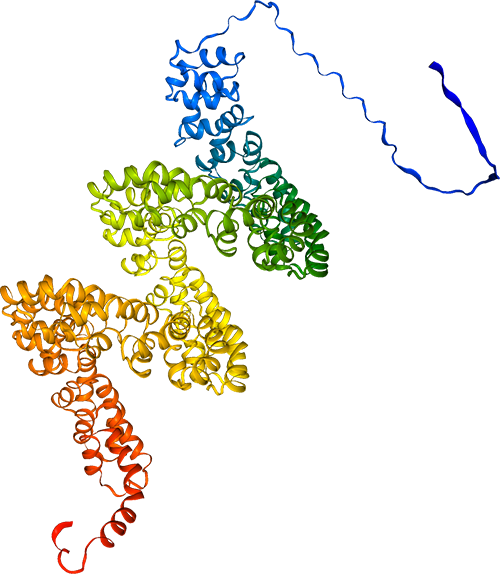Catana is a web-based modelling environment suited for proteins and DNA nanostructures that was developed during Marilia project for tasks raging from the design of recombinant protein up to modelling of a functionalized nanostructure.
CATANA runs on an AIT server and is freely accessible to scientists all over the world as an open source solution. It is now planned to further develop the system into a commercial application, to be offered on the market through a spin-off company.

CATANA includes a tool for three-dimensional modeling and manipulation of complex biomolecules in real time, as well as for visualization in several levels of detail – down to the atomic level. In addition to user-friendly data import and export functions, a new data format was established which can subsequently also be used for molecular dynamics studies. “AlphaFold”, an artifcial intelligence-based tool that predicts the exact three-dimensional structure of a protein based on the amino acid sequence in unprecedented quality was also integrated. This method was awarded “breakthrough of the year 2021” by the scientific journal “Science”.
Discover how to make the most out of Catana in our tutorial series available on Marilia’s YouTube channel.
This tutorial video provides an overview of the Catana modelling environment, aimed at design of proteins and nucleic acid nanostructures. Video covers introduction to the user interface, loading of structures, their transformations in space, creation of DNA strands from scratch, conversion to coarse-grained model, atom generation, and so on.
This tutorial video shows how to mutate a residue of the selected protein structure. You will also see how to highlight the mutated residue to emphasize the change, and how to export the modified structure as a new PDB file.
This tutorial video shows how to remove atoms, residues or even whole chains from the loaded PDB file, and then export the modified structure as a new PDB.
This tutorial video shows how to modify loaded PDB file by adding new amino acids to a protein chain.
This tutorial video shows how to load and visualize DNA origami nanostructure, stored as Cadnano JSON file, in Catana. You will also see some of the visual representations and color schemes offered by Catana, as well as a process of duplication of the nanostructure, followed by the joining of two strands into one.
This tutorial video shows how to load and visualize DNA origami nanostructure, stored as Cadnano JSON file, in Catana. You will also see some of the visual representations and color schemes offered by Catana, as well as a process of duplication of the nanostructure, followed by the joining of two strands into one.

